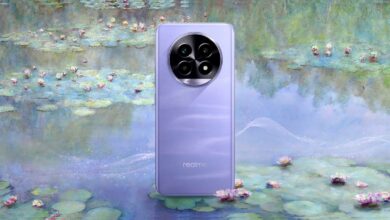How smart lights transformed my sleep quality

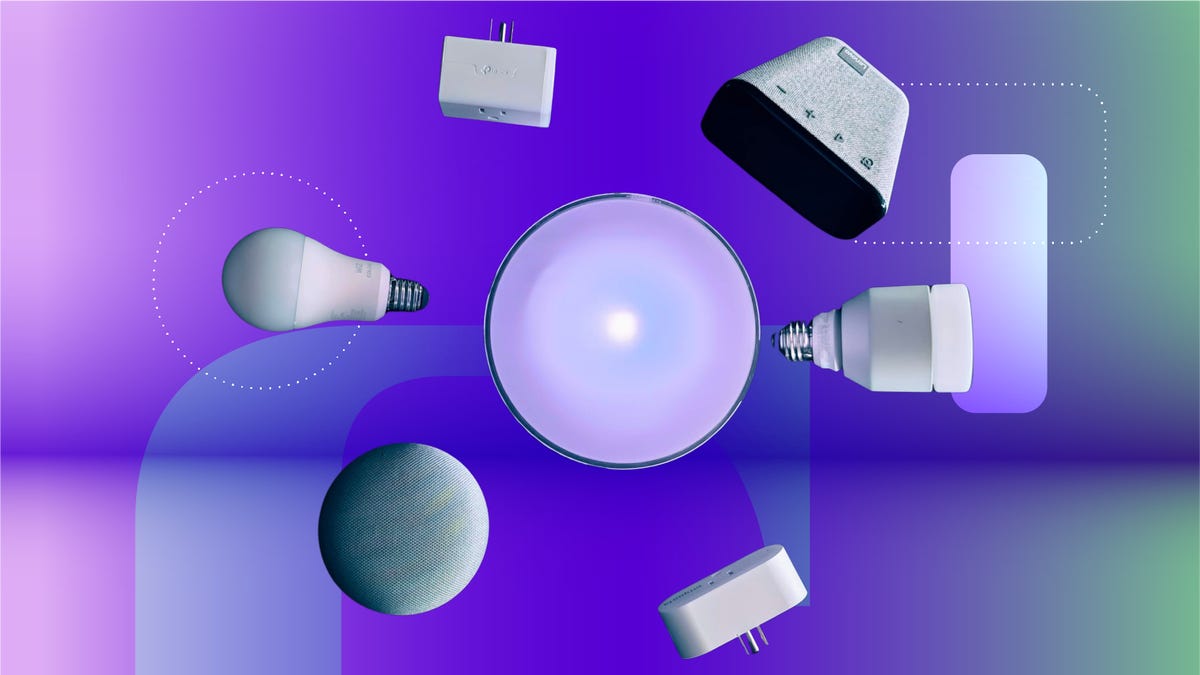
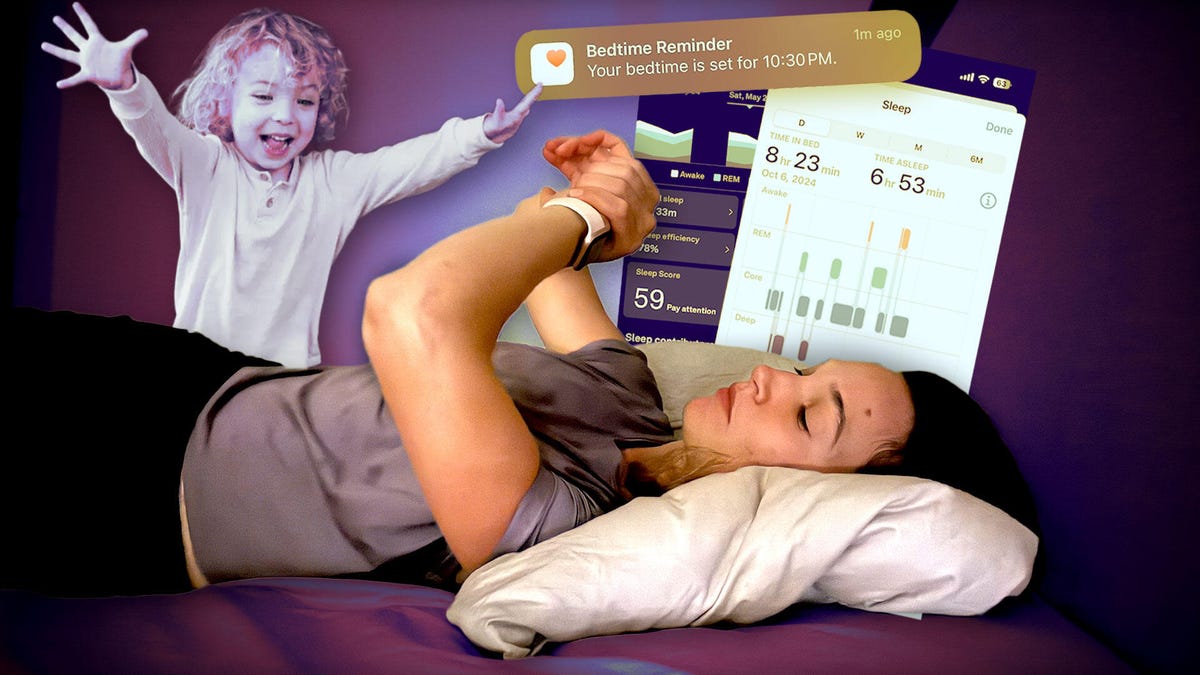
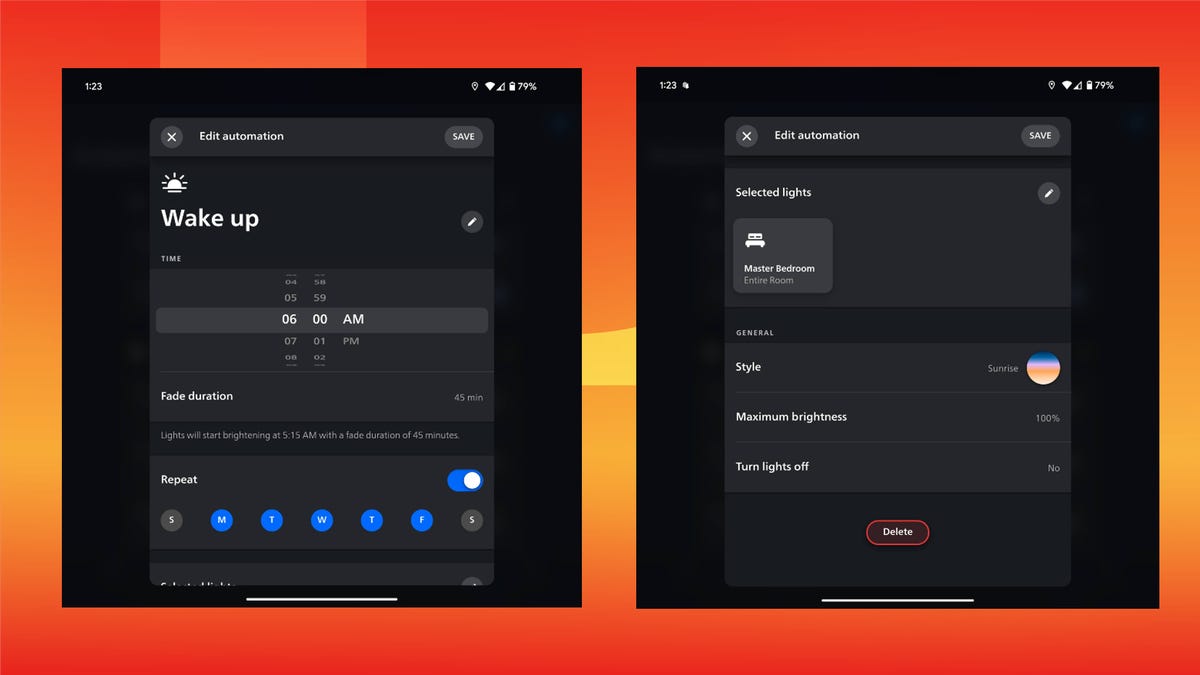
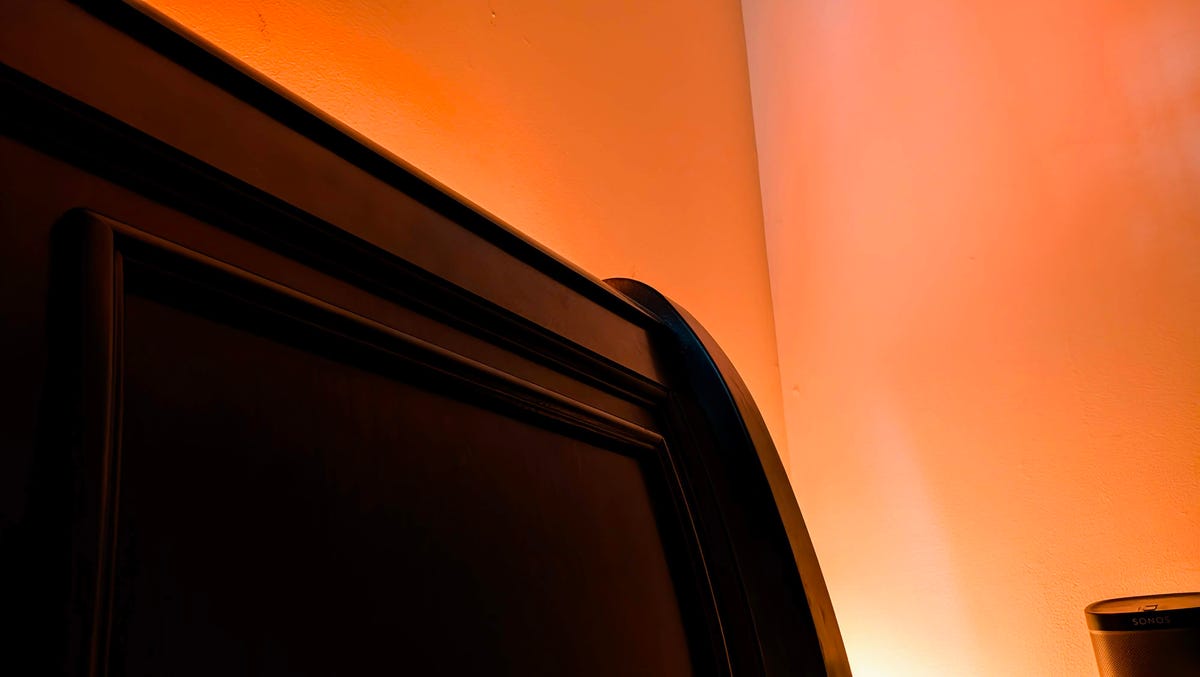
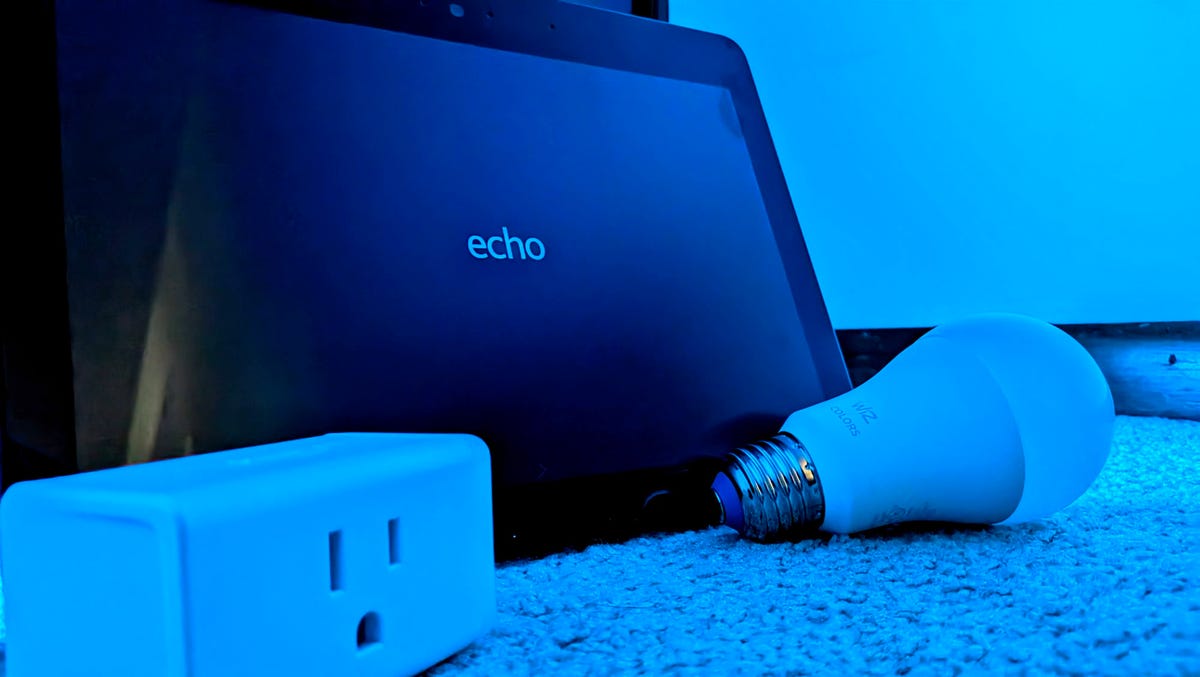
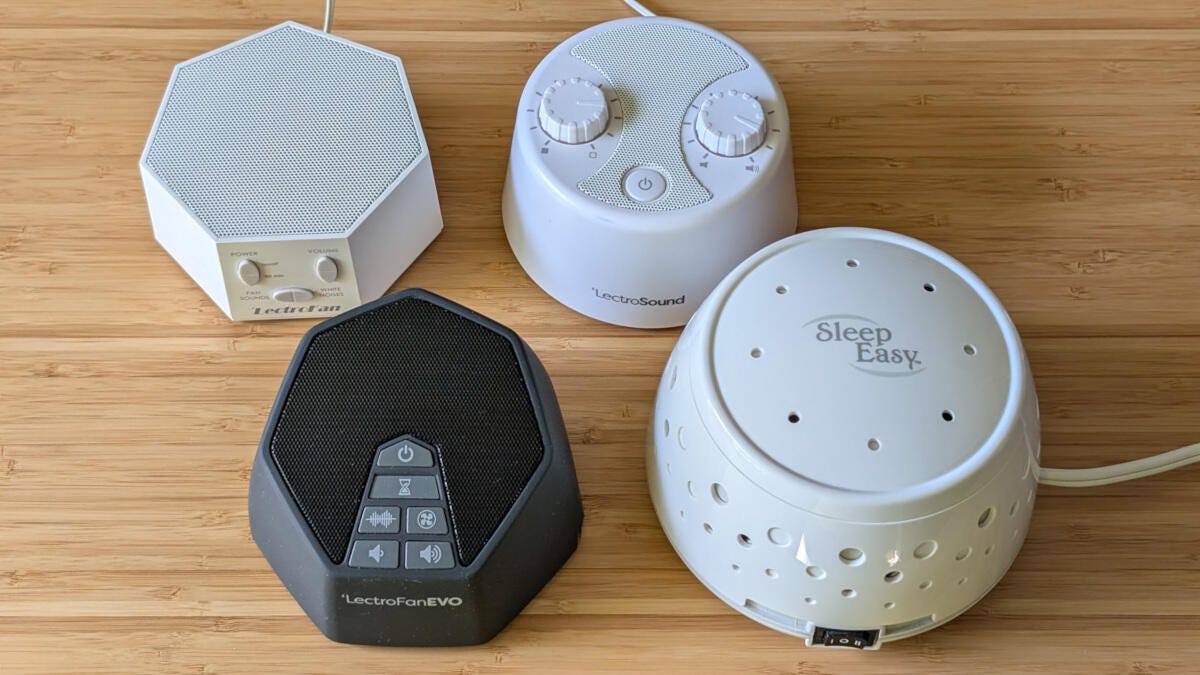
If you’re anything like me, when the day is over and it’s time to go to sleep, your brain starts buzzing with all the undone things that are coming up the next day. This inability to relax can lead to groggy mornings, and waking up to that annoying alarm clock doesn’t help. Waking up naturally with the sun can help you face the day much better.
If you wake up early, especially during the winter months, the sun’s rays coming through the window won’t be available until later. This is where using lighting, especially smart bulbs, can save the day – or at least the morning. From color effects to automatic dimming, smart devices are great at simulating sunrise, and getting started is easier than you think.
Use smart lighting automations

Combining multiple smart home devices into automation is a great way to expand the capabilities of a smart home.
Smart lighting creates crazy and fun effects, but the automation and dimming features make them shine (pun intended). Combine these two things with color and you have the perfect function to help with going to bed and waking up.
Before you set up your morning and bedtime automation, you’ll need to pick a smart light. While a tunable white lamp like the Wiz smart bulb can help, a color changing light like the Govee smart color lamp is best for bedroom routines (more on why this is important later).
After you install your new smart bulb, use a fixture in your room where the light isn’t obstructed by furniture or curtains. The more direct light you are exposed to, the better.
Now it’s time to manage your automation. When it’s time to sleep, you want relatively little light around you to signal your brain that it’s time to rest, not work or play.
This automation is less complicated than a wake-up automation, but you’ll want to maintain a consistent sleep routine and, as part of this, keep the lights in your bedroom on at the same time every night. I set mine to turn on an hour before I want to sleep and automatically turn off to signal it’s time for bed. You may need to make adjustments based on your schedule.

After a good night’s sleep it’s time to wake up, but we don’t use the beeping alarm. This automation involves a few additional steps that you should keep in mind when building it. The most important of these is to plan for lighting to start at a low brightness level, 5-10%, and gradually increase over time. It takes 45 minutes for my automation to reach full brightness and 15 minutes before I need to wake up.

Creating a good morning or good night automation in the Philips Hue app is easy and can be very useful.
The idea behind this automation is the imitation of sunrise. As your light gradually becomes brighter, your brain is tricked into waking you up more naturally rather than by the abrupt sound of an alarm clock. According to the University of Washington“Our internal clock runs in 24-hour cycles and lives in a small part of our brain called the suprachiasmatic nucleus of the hypothalamus. Although it works and can function on its own, light signals ensure that we remain synchronized with the outside world.”
Dr. Catherine McCall, assistant professor of Psychiatry and Behavioral Sciences at the UW School of Medicine, says, “These types of light-based alarms can reduce their impact by waking you up gradually.”
We have guides for Amazon Alexa and Google Home users if you’re not sure what automations are or how to build them. You can use your lighting manufacturer’s app to create your automations, but these steps vary depending on the brand.
Color is important

Setting your smart lights to gradually brighten with warm colors in the morning is key to a smooth transition into your day.
The colors around us can directly influence our mood, including the colors you paint in your bedroom. The same goes for lighting and sleep.
This is where my previous comment about choosing color bulbs over adjustable white bulbs is important. But if the only smart bulb you have doesn’t offer a rainbow of colors, using warm and cool colors can help.
According to the Sleep Foundation“Research has shown that exposure to red light can improve sleep and increase melatonin production.”
Blue light, like what is emitted by our screens, inhibits sleep.

Amazon Echo devices come in many styles, but they can all be great home assistants.
“Blue light is the best studied and most effective at causing a phase shift of the sleep period,” says Dr. McCall. “The light of the sunrise alarm that starts as red-orange and then changes to yellow to mimic the sunrise has simply not been studied yet. Blue light or full spectrum light could be more effective.”
Now when you build your automations and schedule when the lights turn on and off, select the color you want your light to be.
Complete the experience

White noise machines, like the LectroFan and Sleep Easy, have multiple sound options to help you find the perfect tone.
Lighting is crucial for winding down for the night and waking up to start the day. When the light goes out and I close my eyes, I also need sound, not just any sound.
Many use a fan to create white noise while sleeping, and when I’m in a pinch, that’s better than nothing. However, I prefer some kind of sleep sound to help me fall asleep. While certain apps help with relaxation and provide sleep sounds, there are also special sleep sound machines and headphones for sleeping. I use my Sonos Beam Soundbar and play rain sleep sounds through the Sonos Radio.
If you’re having trouble sleeping, think about the environment you’re trying to rest in and see if implementing some of these smart home solutions can help you.
Sleep is essential to our lives, and having a regular sleep routine for the evenings is crucial. If you sleep on an old, unsupportive mattress, the sun may not be able to overcome that dizziness. Solving that problem with a new mattress should be a priority. Now that you’re getting a good night’s sleep, exposure to sunlight early in the morning is the perfect way to start the day.

